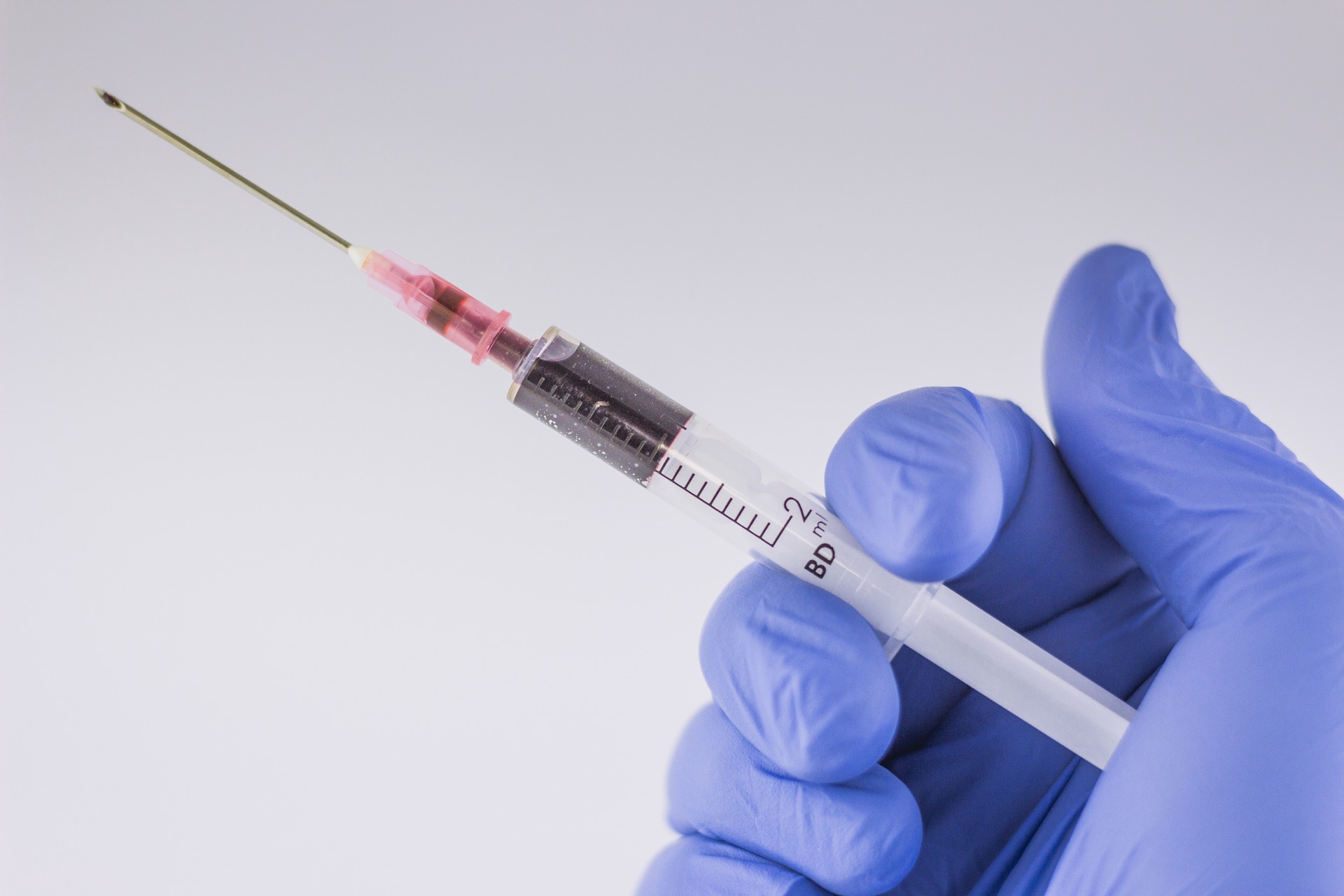Probably at some point in your life, you may experience the blood draw for either a medical test or for donating blood. For most people, having blood taken is an easy and relatively painless job; for some, it may be an unpleasant experience. For ensuring a comfortable and easy blood draw, one must do some preparation and follow a few simple strategies.
Blood Test Preparation
The first thing to do before going for a blood test is to ask your health provider for special instructions, although most blood tests require no special preparation. Few blood tests require fasting, which means not eating any food or drinking any beverages other than water for 8 to 12 hours before the test. In some surgical procedures, an empty stomach is required. Therefore, you must consult your doctor or testing lab for precautions to take for the recommended blood test. In case no special instructions have been given other than an arrival time, there are few things one should do to make this process comfortable and much easier.
- Drink plenty of water. One must drink plenty of water before his/her appointment. It is significant to keep drinking plenty of water as it helps hydrate veins which makes them easier to find. Moreover, drinking water may thin the blood viscosity which allows blood to flow easier. Your phlebotomist will struggle less to draw the blood.
- Avoid coffee or other caffeinated drinks before your test. Any sort of beverages (carbonated, flavored, or otherwise), including coffee and tea, should not be consumed before the blood draws as they actually cause your body to expel water.
- Notify your doctor of any medications. If you are taking any medications, you should notify your doctor before your blood draw. There are certain medicines that may alter your blood test results and thus may need to be temporarily stopped before your blood collection. On the other hand, if one is on prescribed regular medication, they shouldn’t avoid it unless they have been advised by their health care practitioner to do so.
- Make sure you have a lab order. Before any blood test, please make sure that you have a lab order (also known as a lab requisition). You should check all your credentials (like name, date of birth, gender, telephone, email, address, etc.) for accuracy on the form.
Lab Testing API offers a range of blood tests and an individual can order their own blood work at discounted rates. All lab orders include a physician’s order.
- Eat breakfast. Unless your doctor advises you to fast, you should eat a light breakfast to help keep your blood sugar up. This will help you feel better after the blood test and prevent dizziness and light-headedness.
- Wear a loose/layered shirt. Try to wear a short-sleeved shirt or layers. This makes it easier for your phlebotomist to access your veins.
When you order your blood test from Lab Testing API, you may search for the required test or you may check the lab testing categories available on our website. Each test has its specific test instructions for your convenience. It can be found under the “Testing Info” section of each test.
Procedure for Blood Test
A blood test usually involves drawing blood from a vein in one arm. Many people question why the arm is the “chosen one” to draw the blood sample. It is because the arm is the most convenient part of the body and it could be covered after taking the sample. The normal and most usual place for drawing the sample is inside of the elbow or wrist, where the veins are comparatively close to the surface (1,2).
In the case of children, a blood sample is usually taken from the back of the hand. Their skin may be numbed using a special spray or cream before taking a blood sample (2).
During this procedure
- Your area of skin/arm is first cleaned with an antiseptic wipe.
- A tight band (tourniquet) is placed around the upper arm, which causes the veins in the lower arm to be filled with blood, and thus makes it easier for a sample to be taken.
- A needle is inserted into the vein and the blood is collected in a vial (container) or syringe.
- Once blood is taken, the needle is removed, and a bandage is applied around the area of insertion.
Tips to be followed during a blood draw
There are some tips one may follow to make the blood draw experience comfortable and much easier.
- Relax: During a blood draw, try to stay relaxed. Focus on taking deep breaths as it may help you relieve mental tension and will help you relax your body.
- Talk with the phlebotomist: Chatting with the phlebotomist or medical staff may help distract you and alleviate anxiety.
- Listen to music: One may use headphones and listen to music before and during the blood draw to relieve mental tension.
- Ask the phlebotomist for methods to minimize discomfort: One may ask the phlebotomist for some methods/techniques to minimize discomfort during the blood draw period. An example would be to request a numbing cream before inserting a needle into the vein.
Post Blood test
There are some strategies one may follow to feel better post blood tests.
- Eat iron-rich foods after blood draw: Eat some food after you have your blood drawn especially rich in iron. Take the food with you if you will not be going directly back home or to work. These can help restock lost iron stores to build your blood supply back up.
- Avoid Vigorous exercise: One should refrain from doing strenuous exercise as it may cause bleeding from the site of blood draw.
- Check the bandage; if required, apply new: The bandage applied around the area of insertion can be removed after an hour. However, if the area bleeds later, apply slight pressure and apply a new bandage.
- Put some ice if you feel discomfort and bruising: People usually feel discomfort and bruising at the place where the sample has been drawn. The discomfort usually goes away very shortly after the tests are done. If someone experiences some swelling or bruising, putting ice on the site, resting the affected area as much as possible, and taking an over-the-counter painkiller can help.
- Call the doctor for a consultation: If one experiences any symptoms that seem to be out of the ordinary, one should call his/her doctor or the testing lab for a consultation.
The above content is purely informational, and it should not be considered as medical advice or a doctor’s recommendation. The websites of, National Heart, Lung, and Blood Institute, Healthline have been referenced to prepare this informational material.
Written by Dr. Shikha Sharma, Reviewed by Dr. Harshi Dhingra

